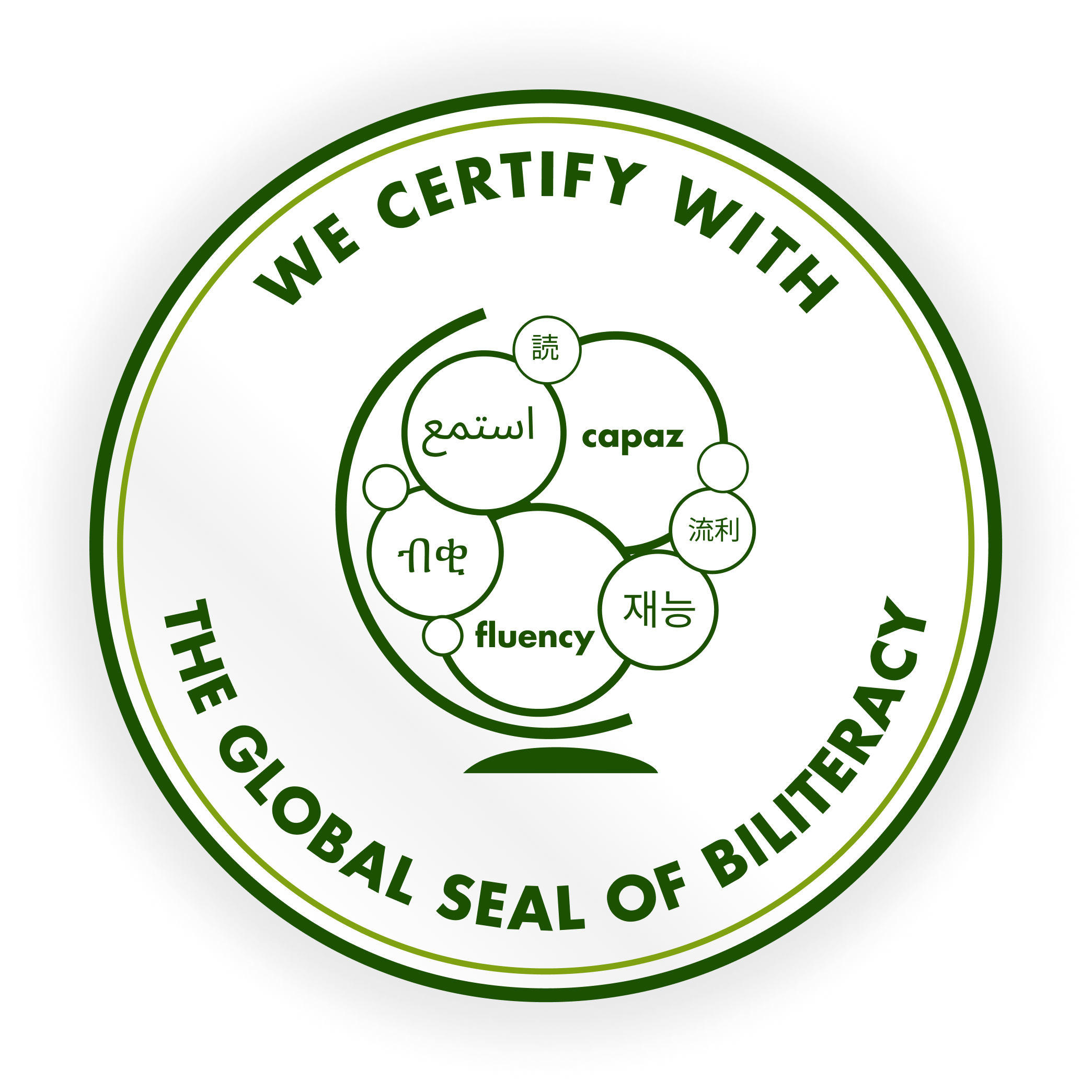002-05-Y-S-05-B科学电脑系列 Computer Hardware Fun Projects in Daily Life Basic Level 电脑硬件日常趣味应用基础班
| Scheduled | Classroom | Seat Total | Seat Left | Seat Booked | Course Fee | Instructors |
|---|---|---|---|---|---|---|
| 4 p.m. - 6 p.m. | WCC LA 227 | 15 | 13 | 2 | $465.00 |
|
Course Description
Computer Hardware Fun Projects in Daily Life Basic Level (Focusing on Software Coding)
Using Customized SmartHeart Programmable LED Light - a Single-Board Computer
1. Introduction to the education device for the Basic Level course (https://youtu.be/jHWIb-JJJ9w?si=Os8sI1oUR3DJ49J4)
This basic level course introduces students to software coding for hardware control, providing software programming enlightenment education. Combining coding education with entertainment, the course uses the SmartHeart Programmable LED Light, an all-in-one single-board computer device, eliminating the need for external circuit board connections. Focusing on basic coding concepts, it is designed for young children with no prior programming experience and those apprehensive about connecting electronic modules with cables.
The course will cover hardware extensions using external sensor modules, step motors, servos, and lights for Halloween decorations.
Students in grade 3 and above are welcome to register for this course. Grade 2 students are also encouraged to try this fun and intuitive introductory education experience.
2. Course Syllabus
-
Introduction to Single-Board Computers: Comparing desktop computer systems with single-board computers.
-
Fun Applications: Exploring fun projects controlled by single-board computers.
-
Hardware Basics: Understanding input and output pins, reading IC pinout circuit diagrams, and port control. Different types of internal data storage, registers, RAM memory, and byte RAM pointers.
-
Flow Charts: Introduction to drag-and-drop visual programming using flow charts. Video Photo
-
Blockly Coding: Introduction to drag-and-drop visual programming with Blockly.
-
Counting Systems: Decimal and binary counting, displaying values using LED lights on the SmartHeart.
-
Data Types: Understanding bits, bytes, words, and using variables for computation.
-
Binary Operations: Binary multiplication and division, programming chasing lights using computations.
-
Logic Calculation: AND, OR, XOR computations and the lights controll.
-
Conditional Statements: Comparison and logic control using IF … THEN … ELSE. Handling computation overflow while displaying values using LED lights on the SmartHeart.
-
Loops: Using DO … WHILE and FOR loops for iteration control.
-
Analog-to-Digital Conversion (ADC): Reading button clicks and reacting to user interactions.
-
Status Toggle: Using logic control or binary bit computation.
-
Pulse Width Modulation (PWM): Coding a dimmer for a night light. Video
-
RGB Lights Control: Using nested loops with PWM to adjust millions of colors. Video
-
Flash Memory: Reading and saving data in EEPROM, permanently storing colors, and reloading on device power-on.
-
IR Sensor: Parsing Sony remote codes and using a Sony TV/DVD remote to control the SmartHeart. Video
-
BASIC Language: Line-by-line coding.
-
Subroutines: Function modules to encourage code sharing and reuse.
-
Simulated Recursion: Implementing recursion, building chasing lights without looping.
-
Parallel Computation: Using time division for quick sensor response during lengthy loops.
-
Interruption Handling: Quick response to high-priority requests.
-
External Sensors: Adding sound, light brightness, and PIR sensors to the system.
-
External Motors: Adding servo and step motors for Halloween pumpkin decorations. Photo1 Photo2 Photo3
-
Scratch Coding: Introduction to drag-and-drop visual programming using Scratch, designing games with the SmartHeart as a 12-button game controller. Video
-
Play musical tones: Adding Piezo Sounder or Speaker to play mobile phone RTTTL tune Video
电脑硬件日常趣味应用基础班(侧重于软件编程)
使用定制的心形智能可编程彩灯- 一种单板计算机
1. 基础班课程教学设备简介 (https://youtu.be/jHWIb-JJJ9w?si=Os8sI1oUR3DJ49J4)
基础班课程向学生介绍用于硬件控制的软件编程,向初学者提供软件编程启蒙教育。课程将编程教育与娱乐相结合,使用定制的心形智能可编程彩灯。这是一种单板计算机一体化设备,无需外部电路板连接。它侧重于基本的软件编程概念,专为没有编程经验的幼儿和那些对使用电缆连接电子模块感到担忧的孩子设计。
课程会涵盖使用外部传感器模块、步进电机、伺服器和万圣节装饰灯等硬件扩展。
欢迎三年级及以上的学生报名参加此课程。我们也鼓励二年级学生尝试这种有趣且直观的入门教育体验。
2. 课程大纲
• 单板机简介:将台式计算机系统与单板计算机进行比较。
• 趣味应用:展示一些由单板计算机控制的趣味应用。
• 硬件基础:了解输入和输出引脚、阅读集成电路引脚分布电路图和端口控制。不同类型的内部数据存储器、寄存器、RAM 内存和字节内存指针。
• 流程图:使用流程图进行拖放式可视化编程的介绍。视频片段 照片
• Blockly 编程:使用 Blockly 进行拖放式可视化编程的介绍。
• 计数系统:十进制和二进制计数,使用心形智能彩灯上的 LED 灯显示数值。
• 数据类型:了解比特位、字节、字组以及使用变量进行计算。
• 二进制运算:二进制乘法和除法,通过运算实现流水彩灯编程。
• 逻辑运算:二进制与、或、异或运算和灯光控制。
• 逻辑判断:使用 IF ... THEN ... ELSE 进行比较和逻辑控制。在心形智能彩灯上显示数值时处理运算溢出
• 循环:使用 DO ... WHILE 和 FOR 循环进行迭代控制。
• 模拟量到数字量转换 (ADC):读取心形智能彩灯按键点击并对用户交互做出反应。
• 状态切换:用逻辑控制或者二进制位运算实现状态切换
• 脉冲宽度调制 (PWM):编程实现亮度可调节夜灯 视频片段
• RGB灯光控制:使用带PWM的循环嵌套来调制出数百万种颜色。视频片段
• 闪存:读取和保存电可擦除存储器中的数据。实现永久存储颜色信息并在设备开机时自动加载。
• 红外传感器:解析索尼遥控器代码并使用索尼电视/DVD 遥控器控制心形智能彩灯。视频片段
• BASIC语言:像专业人士一样一行一行的写程序。
• 子程序:编写功能模块,鼓励代码共享和重用。
• 模拟递归:模拟递归编程结构,构建不用循环语句的流水彩灯。
• 并行计算:在长循环期间使用分时并行控制,快速响应传感器讯号。
• 中断处理:快速响应高优先级外部请求。
• 外部传感器:向系统添加声音、光亮度和被动红外线热源传感器。
• 外部电机:添加伺服电机和步进电机,装饰万圣节南瓜灯。照片1 照片2 照片3
• Scratch编程:使用 Scratch 进行拖放式可视化编程介绍,使用心形智能彩灯作为12键游戏控制器编写游戏程序 视频片段
• 播放音乐音调:添加蜂鸣片或扬声器,播放手机振铃歌曲 视频片段
Class Description
许勇 Yong Xu Biography
Yong Xu earned his M.Sc. in Computer Science from the School of Computing at Queen’s University, Canada, where he focused on Wireless Multi-hop Ad-hoc Communication. He also holds a B.Sc. in Computer Science and a B.Eng. in Mechanical Engineering. Yong has 10 years of experience working as a Programmer (JG18), Senior Programmer (JG21), and Associate Programmer (JG24) in Multi-tier Enterprise Application Development for the NYS DoT and NYS UCS. Additionally, he spent 5 years in China working as a Mechanical Engineer, where he was responsible for establishing a CAD center for designing automatic production lines.
Yong is passionate about designing and building single-board-computer-controlled projects, robot design and control, and gardening. He enjoys teaching children science through practical and fun projects, and he loves learning new technologies with kids in an entertaining environment.
许勇拥有加拿大女王大学计算学院计算机科学硕士学位,研究方向为无线多跳跃动态自组网通信。他还拥有计算机科学学士学位和机械工程学士学位。许勇拥有10年的纽约州交通厅和纽约州法院多层企业级应用软件开发经验,曾担任程序员 (JG18)、高级程序员 (JG21) 和副程序员 (JG24)。此外,他还在中国担任机械工程师5 年,负责创建公司计算机辅助设计中心,用于设计公司的全自动生产流水线。
许勇热衷于设计和构建单板计算机控制项目, 机器人设计制作和控制, 以及园艺。他喜欢通过实用且有趣的项目向孩子们传授科学知识,并且喜欢在娱乐的环境中与孩子们一起学习新技术。



